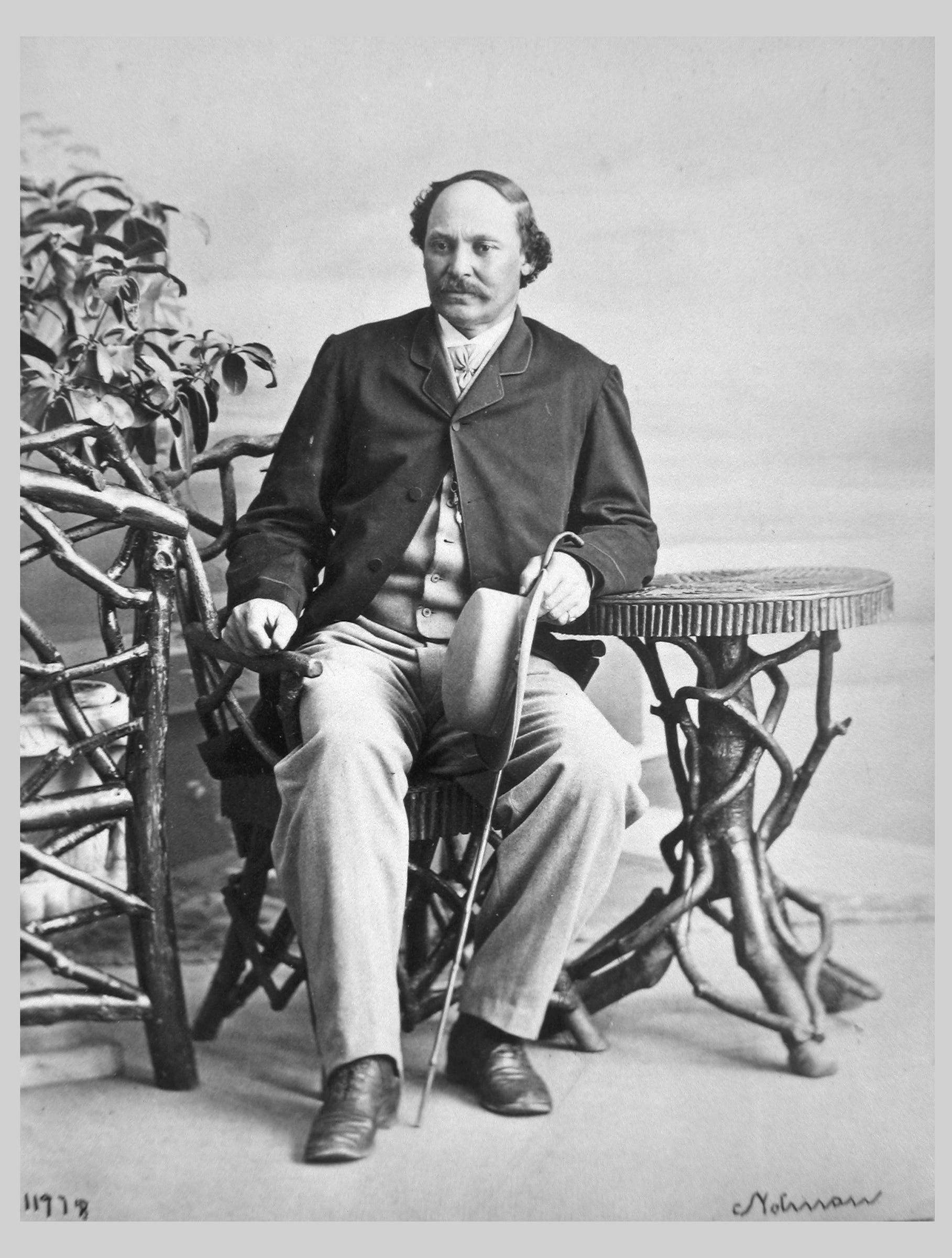Black history is rich with tales of courage, skill, and inspiring leaders. From inventors and intellectuals to civil rights activists and creatives, countless achievers have left their mark in the world. Among these luminaries, Robert S. Duncanson stands out as one of the foremost landscape painters of the mid-1800s.

Despite facing the challenges of racial discrimination in his lifetime, Duncanson’s exceptional talent and hard work led him to rub shoulders with esteemed British and American landscape painters like John Fredrick Kensett, Asher Brown Durand, and Thomas Cole. His unique style of painting influenced the art culture of the Hudson River Valley and beyond.

What sets Duncanson apart is that he was largely self-taught, developing his own techniques and drawing inspiration from the natural beauty of the Hudson River Valley, particularly from William L. Sonntag, a renowned American landscape artist of the era. Born in 1817 in Northern New York, Duncanson had to navigate the challenges of discrimination as the son of a Scottish father and a mulatto mother.
Robert S. Duncanson’s exceptional skills as a landscape painter were developed on his own, without the aid of established artists, making him a self-taught artist. Despite facing racial discrimination as a mulatto, his father sent him to Canada for his formal education, but Robert yearned to move to the United States. In 1840, he relocated to Ohio and later to Cincinnati, where he worked as an artist, honing his skills by copying prints and drawing portraits. Though successful, he was not content living an average tradesman’s life and sought a higher purpose.

Robert’s subtle criticism of slavery was evident in his paintings, and he gained recognition for his work when he was commissioned to create the anti-slavery activist Charles Avery’s masterpiece “Cliff Mine, lake Superior” in 1848. This led to a lifelong partnership with civil rights activists and abolitionists who influenced his philosophy.

Robert’s paintings were inspired by landscapes he saw during his tours of Europe and Canada. His 1853 letters indicate that he traveled to Europe to boost his confidence and compare his works with those done by the best, rather than being sponsored by the Anti-Slavery League and the Freemen’s Aid Society, as previously speculated. These trips offered him an opportunity to introspect his paintings and improve his skills.

After Robert’s passing at the age of 55 in 1872, his paintings and legacy sadly faded into obscurity. However, his art and name have recently experienced a resurgence in relevance following an exhibition held at the Cincinnati Art Museum on the 100th anniversary of his death, as reported by Smithsonian magazine. This event sparked the interest of art enthusiasts and critics who have since delved into his collections.
